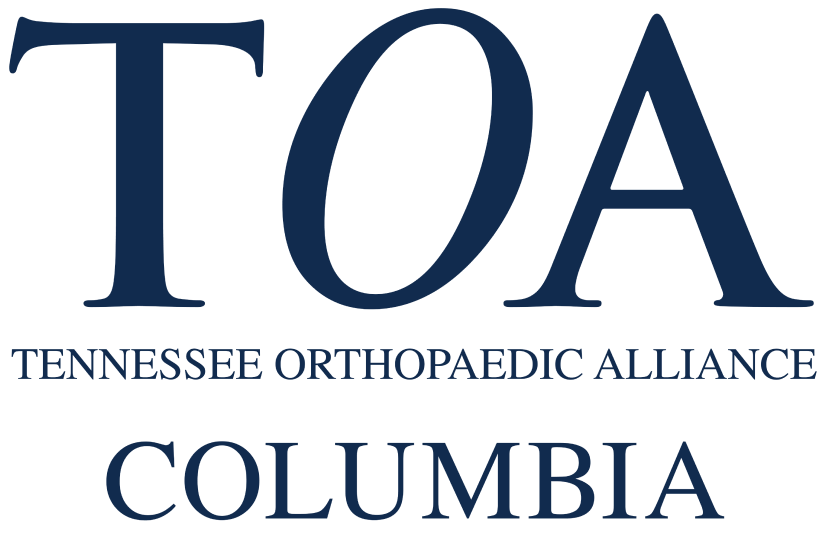With the wide variety of sports happening in Middle Tennessee during the year, there are many opportunities for injuries. Our clinic not only specializes in specific parts of the body, but we also have an overall sports medicine specialization. Dr. Jonathan Pettit focuses solely on Sports Medicine, and five other physicians – Dr. Doug Wilburn, Dr. Randy Davidson, Dr. Jeff Adams, Dr. Scott McCall, and Dr. Cason Shirley – include Sports Medicine along with their other specialties.
According to Dr. Pettit, the most common sports injuries he sees are an even mix between acute (sudden) and overuse injuries. He frequently treats ACL tears, meniscus (knee cartilage) tears, rotator cuff and shoulder labral tears, ligament injuries of the knee and shoulder, and fractures of all varieties.

Youth are at an increased risk for injury in league sports because their bodies are still growing. One example is the growth plate – the area at the ends of a child’s long bones and is the last part of the bone to harden, typically during the teenage years and sooner for girls rather than boys. According to the American Academy of Orthopedic Surgeons, one-third of all growth plate fractures occur during participation in competitive sports such as football, basketball, or gymnastics. “We see a large number of growth plate fractures,” said Dr. Pettit. “If they are not aligned well or go untreated, they may impair an athlete by limiting range of motion or causing uneven growth in the injured area.”
The field of sports medicine is not just limited to youth athletes, however. Adults are also prone to sports injuries. The term occasionally used is “weekend warrior” for an adult who may be sedentary in the office during the week but plays on a Saturday kickball league or takes part in a spontaneous pick-up basketball game with the neighborhood kids. Not wearing appropriate protective gear and improper stretching, or a complete lack thereof, could put you at risk for injury.
So what happens when you get hurt? The affected area begins to swell or bruise and possibly becomes unstable. You know something is wrong, but you’re not sure how much damage has been done. The first thing to do is take weight off of it. Rest and stay away from the activity that caused the injury for now. You can also ice the area and use non-steroidal anti-inflammatories (Advil, Motrin, or Aleve). After two or three days, if the pain hasn’t lessened or resolved it’s time to get checked out by a sports medicine specialist. Student athletes usually have access to a team trainer at school to assess the injury, who can then refer them on to a sports medicine professional for further evaluation. Any acute severe injury or inability to bear weight or use a limb is a call for more immediate assessment.
The goal for our physicians is to treat the athlete as conservatively as possible while focusing on a return to pre-injury activity levels. Most treatments are non-surgical and would typically include physical therapy, bracing, or injections. Only after you are able to practice without pain or difficulty should you attempt to get back into the sport.
The biggest question is how can you avoid injuries in the first place? Unfortunately, sometimes things just happen and an injury is no one’s fault. But there are things you can do to lessen the likelihood that you’ll end up in our clinic. One very easy thing is to stay hydrated! Dr. Pettit says that dehydration contributes to physical and mental fatigue, which could increase injury rates during sports. Hydration and appropriate rest periods are significant to limiting sports related injuries.

We also consider overuse injuries. These are typically caused by repetitive motion in a sport, like swinging a bat or throwing a football. Eventually that shoulder or elbow will get tired and muscles can become strained. Patients can reduce the likelihood of an overuse injury by reducing the time spent on a certain activity, and also ensuring the use of appropriate form and correct technique.
Proper warm up and cool down periods are also crucial to preventing sports injuries. If a student athlete is running late to practice, missing the warm up laps around the field, and decides to head straight into a tough scrimmage then there is the potential for an injury.
Having good, sturdy footwear is another important part of training. Did you know there are some significant differences in walking shoes versus running shoes? Variations in the amount of cushion, heel height, and flexibility can be the difference between a shoe that feels good and supports your foot and a shoe that gives you blisters and sprained ankles.
For any questions about a sports injury, contact our office for an appointment!

